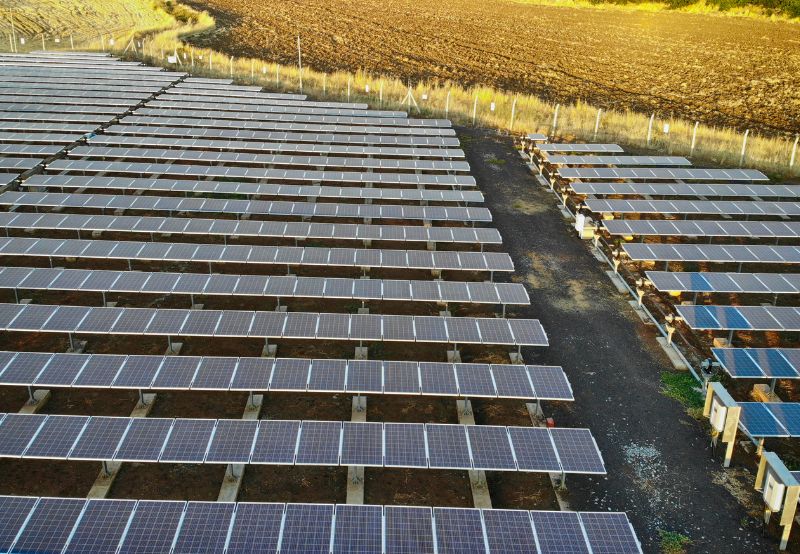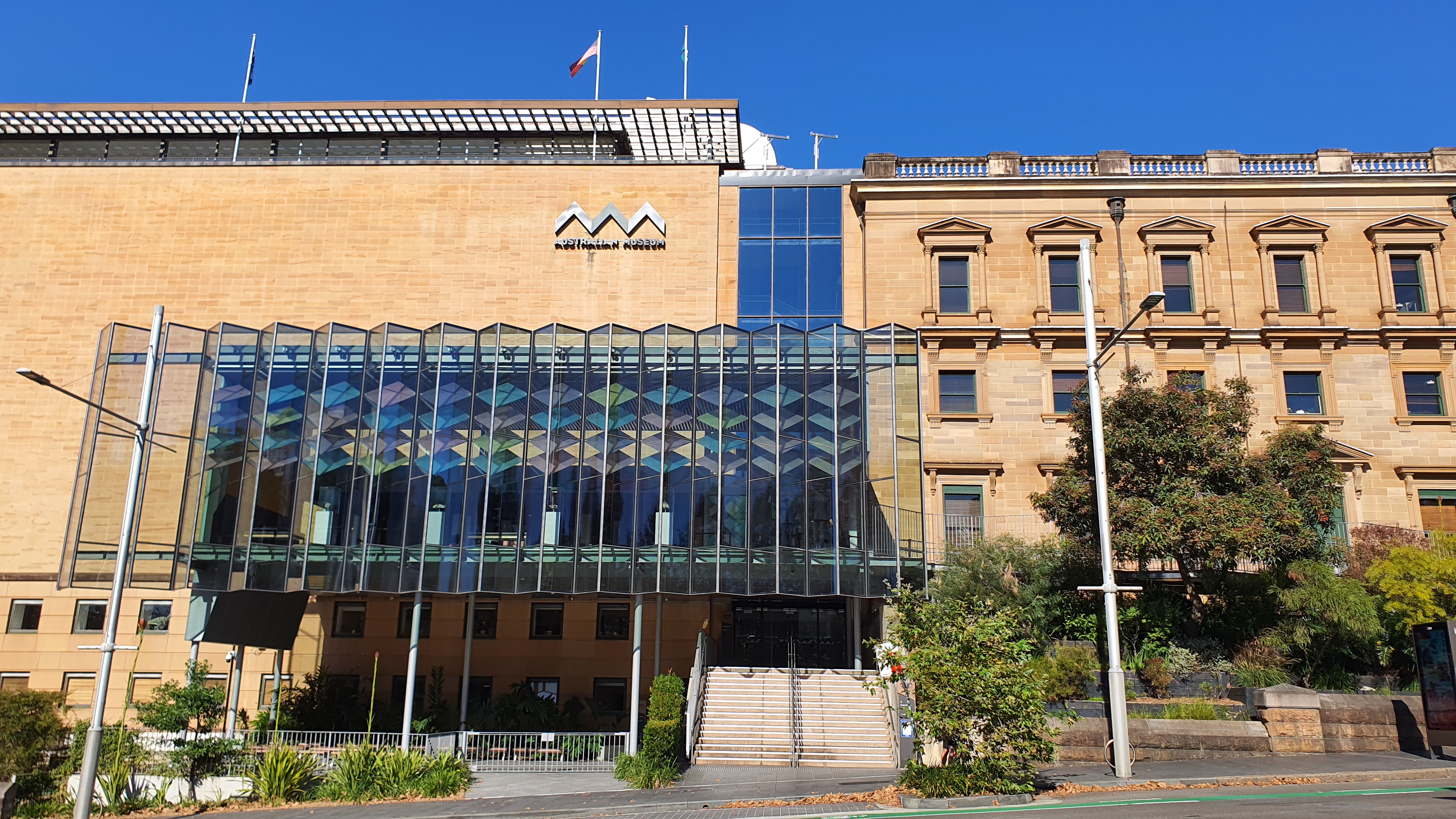Wildfire is driven by three main factors — weather, terrain and fuels. When fighting wildfires, firefighters work to reduce the fuel feeding the fire, either by removing it with heavy equipment, handlines or by making it hard to burn by soaking the fuel with water or retardant.
When reducing fire risk to communities, land managers take the same approach across landscapes to reduce vegetation or fuels, including brush and dead and down trees. Fuels reduction projects are a critical step in helping protect homes, businesses, and recreation sites from destructive wildfires.
The Joint Chiefs Landscape Restoration Partnership between the Forest Service and Natural Resources Conservation Service aims to restore landscapes, protect water quality, enhance habitat and reduce wildfire threats to communities and landowners across the country. This work is being done on the Shasta-Trinity National Forest, which is also a landscape highlighted in the Wildfire Crisis Strategy to protect communities and improve resilience in America’s forests.
Fire personnel on the forest have been busy conducting pile burns across the landscape. Pile burning is usually a one-to-two-year process from beginning to end. First brush is collected and placed in piles. Then the pile will sit for a year, drying out, to be burned in wetter, colder months.
Geographic features such as ridgelines often serve as barriers to wildfire. Treating these areas can reinforce this natural fuel break. One of these ridgelines has been undergoing treatment, as a part of landscape restoration project near Weaver Bally Fire Lookout, north of Weaverville, California.
The Joint Chiefs project entitled, “Forest Health and Fire Resilient Rural Communities in Trinity County Phase Three,” says it all. Building on two past Joint Chiefs projects, these treatments are a part of an ongoing effort to protect the rural communities and natural resources of Trinity County in northwestern California. It will also address new threats created by the post-fire landscape from the 2020 and 2021 wildfires.
One of these treatment areas, located on the southern edge of the Trinity Alps Wilderness, was selected because of its strategic importance to reducing wildfire threat to the nearby communities of Weaverville, Junction City and Rush Creek.
Tim Ritchey, the Fuels Battalion Chief on the Trinity River Management Unit in Weaverville, has worked with the Forest Service for 22 years and implements a variety of fuels reduction projects on the west side of the Shasta-Trinity National Forest.
“This strategic fuel break, north of Weaverville, is right on the wilderness boundary,” said Ritchey. “This will be important in the event that wildfires start within the wilderness and burn toward communities by providing firefighters another point of control.”
This isn’t a new concept or new strategy, said Ritchey — producing an old topographic map from 1968 that identified the ridge as a good location to implement a fuel break.
“Our work has always been focused primarily around protecting values at risk,” said Ritchey. “So that’s our communities, roads, phone and power lines, campgrounds, but we’re also focused on protecting the forest and supporting forest health.”




